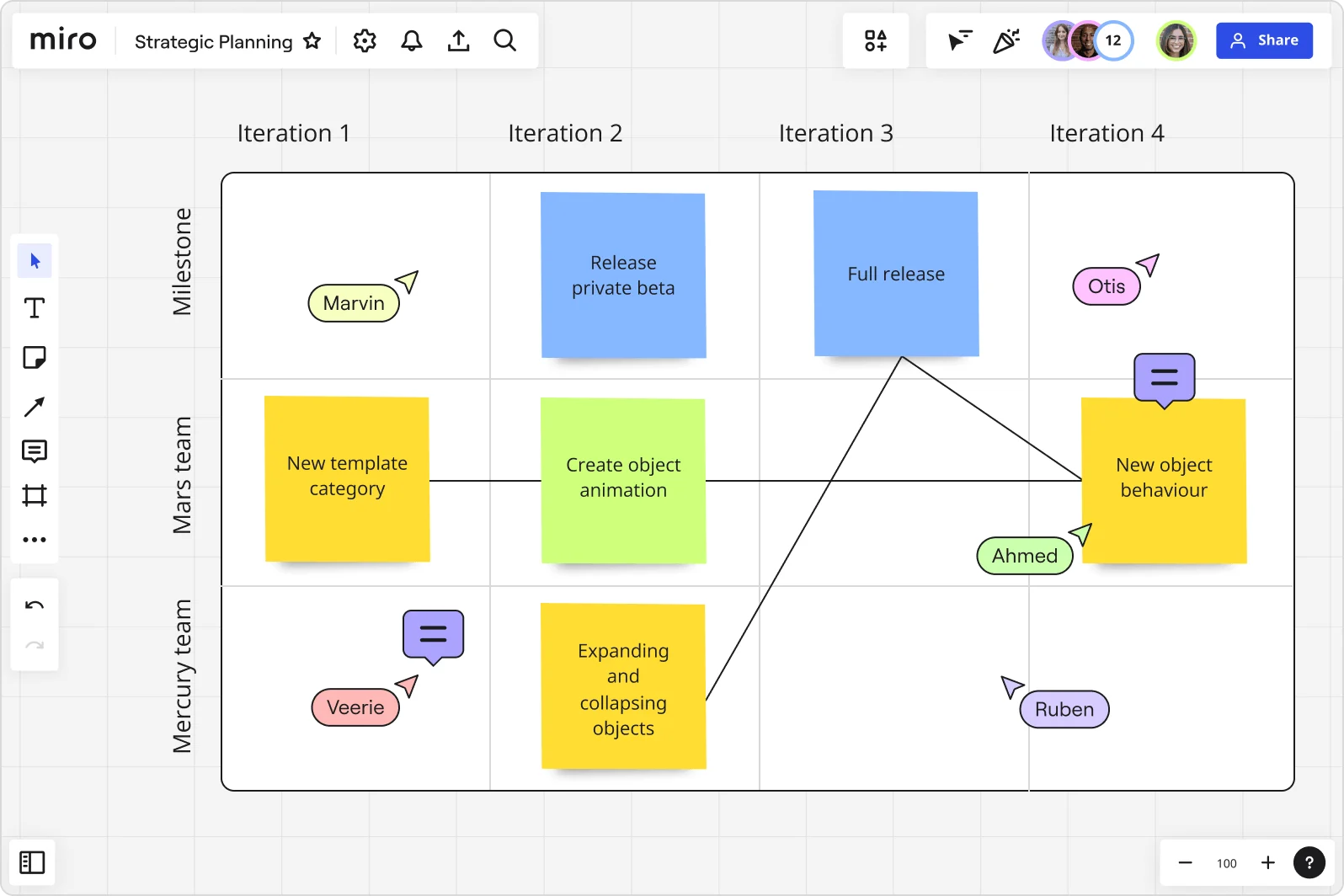
What is a cost benefit analysis and how to use it?

Cost benefit analysis definition
Cost Benefit Analysis (CBA) is a strategic planning tool that provides a practical way to weigh up the pros and cons of a business decision. It involves comparing the benefits of an action or decision with the costs related to it. Basically, it's about figuring out whether the positive outcomes outweigh the expenses.
When running a business, you will need to determine what you spend resources and the potential benefit or return they bring.
This is an essential tool for businesses to make informed decisions by comparing the costs of a project or decision against the benefits. This is usually expressed in monetary terms and involves calculating the net benefit or net cost. Understanding the concept of cost benefit analysis is really important, as it helps in determining the feasibility and worth of a project or decision.
How to do a cost benefit analysis
To perform a Cost Benefit Analysis, you'll need to follow these steps:
Define the project or decision in question: Clearly state what decision or project you are considering. This is the starting point and sets the stage for your analysis.
Identify the costs and benefits associated with the project or decision: List down all the expenses (costs) and gains (benefits) that are directly or indirectly linked to the project or decision.
Assign a monetary value to the costs and benefits: Estimate the dollar value of all the identified costs and benefits. This step is essential to make an apples-to-apples comparison.
Determine the discount rate:
This is the rate at which the future costs and benefits are discounted back to their present value. It helps to account for the time value of money.
Calculate the net present value of the costs and benefits: Subtract the present value of costs from the present value of benefits to get the net present value (NPV). This is the key figure that will help you make a decision.
Compare the results and make a decision: If the NPV is positive, the benefits outweigh the costs, and it might be a good idea to proceed with the project or decision. If it's negative, you might want to reconsider.
What templates or methodologies can be used for a Cost Benefit Analysis?
There are several templates and methodologies that can be employed to facilitate a Cost Benefit Analysis:
Decision tree template: This is a graphical representation of all possible outcomes, decisions, and costs and benefits. It helps to visualize the different options and their potential impacts.
Timeline templates: This is a linear representation of the project or decision along with its associated costs and benefits over time. It helps in understanding the time distribution of costs and benefits.
Flowchart templates: These are diagrams that visually map out the different stages, decisions, and outcomes of a project or decision. It helps in understanding the process and identifying all associated costs and benefits.
Using these templates and methodologies can help in organizing the information, visualizing the different options, and making a well-informed decision.
When is a cost benefits analysis being used?
Cost Benefit Analysis (CBA) is commonly used across a variety of generic business situations. For instance, a business might use CBA to determine if the benefits of expanding to a new location outweigh the costs. It can also be used to decide whether to invest in new technology or stick with the existing one. Businesses often employ CBA to assess the feasibility of launching a new product or service. It is also used to decide whether to hire additional staff or outsource certain tasks. Essentially, any business decision that involves incurring costs to achieve certain benefits can be evaluated using CBA to ensure that it is a sound investment.
To enrich your analysis, you can use other strategic tools like a supply and demand graph maker or a SWOT analysis tool.